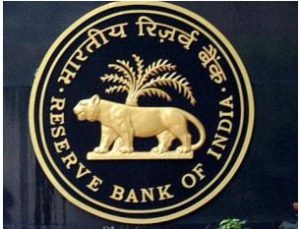As per Reserve Bank of India’s (RBI) Financial Stability Report 2017, released on June 30, 2017, reform initiatives like goods and services (GST) and continuing political stability will push the economic growth scale to 7.3% in terms of gross value added (GVA) in 2017-18.
Gross Value Added: GVA is also a measure of output similar to Gross Domestic Product (GDP). GDP figure is arrived at by adding taxes and subtracting subsidies from GVA.
Highlights of RBI’s Financial Stability Report 2017:
Lower fiscal deficit at 3.2% for this year down from 3.5% in 2016-17, increasing public capex and support to poorer households, small businesses and the rural sector have been cited as reasons for a better economic outlook.
- The report has outlined that reforms in Foreign Direct Investment (FDI) and real estate sector, and revival in external demand are likely to contribute to a better growth outlook.

- CPI inflation is expected to be in the range of 2-3.5% in the first half of the year and 3.5-4.5% in the second half. Retail inflation, excluding food and fuel that remained sticky during H2 of FY17 at around 4.9%, dipped to 4.3% in April and 4.2% in May 2017, largely reflecting the impact of decline in global crude oil prices on transport and communication and moderate price pressures in services.
- The report praised Central Government’s commitment to returning to rule based fiscal discipline, but deterioration in the states’ fiscal conditions and increased leverage of public sector undertakings have been highlighted as concern areas.
- The report has warned that tendency of states to borrow outside the budget through parastatals imposes servicing burden on the state budget.
Quick Facts about Reserve Bank of India:
- Commencement of Operations: 1st April 1935
- Headquarters: Mumbai
- Current Governor: Mr. Urjit Patel






